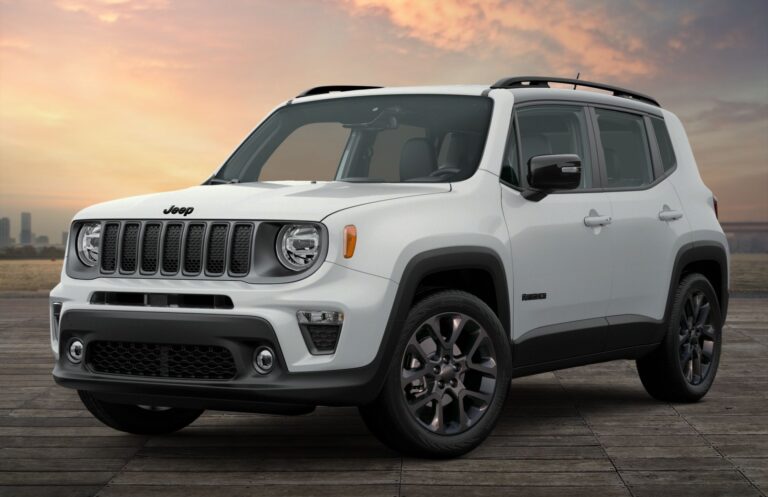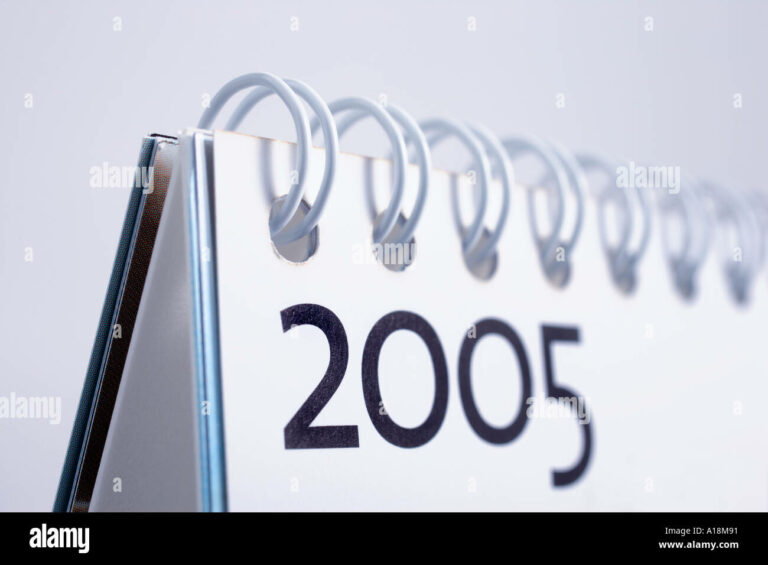1942 Jeep For Sale: Owning a Piece of Wartime History
1942 Jeep For Sale: Owning a Piece of Wartime History /jeeps.truckstrend.com
Introduction: The Enduring Legacy of the 1942 Jeep
The year 1942 marked a pivotal moment in automotive history, deeply intertwined with the global conflict of World War II. From the battlefields of Europe to the jungles of the Pacific, one vehicle became an indispensable icon: the Jeep. Specifically, the 1942 models, primarily the Willys MB and Ford GPW, represent the zenith of rugged utility and wartime ingenuity. More than just a means of transport, these vehicles were symbols of Allied resolve, versatility, and the relentless spirit of the soldiers who relied on them. Today, a "1942 Jeep For Sale" isn’t just an offer for a vintage vehicle; it’s an invitation to own a tangible piece of history, a rolling testament to an era that shaped the modern world. For collectors, enthusiasts, and history buffs, acquiring one of these legendary machines is a unique opportunity to connect with the past and preserve a legacy that continues to resonate.
1942 Jeep For Sale: Owning a Piece of Wartime History
A Glimpse into History: What Defines a 1942 Jeep?
The 1942 Jeep is most commonly identified as either a Willys MB or a Ford GPW. While often indistinguishable to the untrained eye, these two models were produced by separate manufacturers under strict government contracts to meet an urgent demand for a lightweight, rugged, four-wheel-drive reconnaissance vehicle. Both designs were remarkably similar, incorporating a simple, robust ladder frame chassis, live axles, and a leaf-spring suspension system. Power came from a reliable 60-horsepower, 134 cubic inch "Go-Devil" L-head four-cylinder engine, paired with a three-speed manual transmission and a two-speed transfer case, providing four-wheel drive and low-range capability.
Key characteristics of the 1942 models include their iconic flat-fender design, slatted grille, and minimalist, open-top body. They lacked doors, featured simple canvas tops (if any), and prioritized functionality over comfort. Every detail, from the shovel and axe mounted on the side to the blackout lights, was designed for military utility. The 1942 production year was critical, as manufacturing ramped up significantly to support the war effort, making these models relatively more numerous than earlier prototypes but still highly sought after for their direct connection to the peak of wartime production.
Why Own a 1942 Jeep? More Than Just a Vehicle
Owning a 1942 Jeep is an experience unlike any other, offering a unique blend of historical immersion, mechanical satisfaction, and communal engagement.
- A Tangible Piece of History: Beyond mere transportation, a 1942 Jeep is a living artifact. It embodies the ingenuity, resilience, and sacrifices of a generation. Driving one is to literally grasp the steering wheel of history.
- Unique Driving Experience: With no power steering, no automatic transmission, and a Spartan interior, driving a vintage Jeep is a raw, engaging experience. It demands attention and rewards the driver with an unparalleled sense of connection to the road and the machine.
- Investment Potential: Well-maintained or professionally restored 1942 Jeeps tend to appreciate in value, particularly original, documented examples. They represent a stable asset in the classic vehicle market.
- Community and Camaraderie: The vintage military vehicle community is passionate and welcoming. Owners often participate in historical reenactments, parades, and dedicated shows, fostering strong bonds and shared knowledge.
- Mechanical Simplicity: Compared to modern vehicles, the 1942 Jeep is mechanically straightforward. Its design allows for relatively easy maintenance and repair for those with basic mechanical skills, making it an accessible entry point into classic vehicle ownership.

Navigating the Market: How to Find Your 1942 Jeep

Finding a 1942 Jeep for sale requires patience, research, and a clear understanding of what you’re looking for.
- Specialized Online Marketplaces: Websites dedicated to military vehicles (e.g., G503.com forums, Military Vehicles Magazine classifieds) are excellent starting points. General classic car sites (Hemmings, eBay Motors, Bring a Trailer) also occasionally feature them.
- Auction Houses: Reputable auction houses often feature high-quality, documented examples, though prices can be competitive.
- Military Vehicle Shows and Swap Meets: Attending these events allows you to see vehicles in person, talk to owners, and potentially find private sellers.
- Specialty Dealers and Restorers: Several businesses specialize in the sale and restoration of vintage military Jeeps. While often more expensive, these vehicles typically come thoroughly vetted or professionally restored.
- Word of Mouth: Networking within the vintage military vehicle community can uncover leads on unlisted vehicles.

When searching, be clear about your budget and desired condition. Are you looking for a fully restored, parade-ready vehicle, a running project, or a complete restoration challenge? This will significantly narrow your search.
Evaluating Your Potential Purchase: A Buyer’s Checklist
Purchasing a vintage military Jeep requires a meticulous inspection. Originality, condition, and documentation are paramount.
- Originality and Authenticity:
- Manufacturer: Identify if it’s a Willys MB or Ford GPW. Look for script on the rear panel (if original) and data plates. Ford GPWs will have "F" script markings on many components (bolts, body parts, etc.).
- Serial Numbers: Cross-reference chassis and engine serial numbers with production data to verify the year and model. Ensure data plates are present and appear original.
- Original Parts: Look for period-correct components like the carburetor, fuel pump, gauges, and light fixtures. Many parts were interchangeable, but true originality adds significant value.
- Drivetrain:
- Engine: Check for leaks, unusual noises, and signs of excessive smoke. A compression test is advisable.
- Transmission and Transfer Case: Test all gears, including reverse, and both high and low range in 4WD. Listen for grinding or slippage.
- Axles: Inspect for leaks and play in the universal joints and differential.
- Chassis and Body:
- Rust: This is the primary enemy. Inspect the frame rails, body tub (especially the floorboards, toolboxes, and hat channels under the floor), fenders, and grille. Minor surface rust is manageable, but extensive rot is costly to repair.
- Frame Straightness: Look for signs of damage or previous repairs that might indicate a bent frame.
- Body Panels: Check for major dents, shoddy repairs, or excessive body filler.
- Electrical System: Ensure all lights, gauges, and the starter motor function correctly. Check wiring for deterioration or non-original modifications.
- Brakes and Steering: Test the brakes for effectiveness and pulling. Check steering for excessive play.
- Documentation: A clear title is essential. Any historical documentation, service records, or photos of the vehicle in its original state significantly enhance its value and verify its provenance.
Consider hiring an independent specialist to inspect the vehicle if you’re not an expert.
The Journey of Ownership: Restoration, Maintenance, and Considerations
Owning a 1942 Jeep is an ongoing commitment that brings immense satisfaction.
- Authenticity vs. Usability: Decide if you want a museum-quality restoration, a reliable driver, or a blend of both. A perfect restoration can be costly and make the vehicle too precious to drive frequently, while a driver-quality Jeep offers more enjoyment.
- Parts Sourcing: While many reproduction parts are available, finding original or New Old Stock (NOS) components can be challenging and expensive. Online forums, swap meets, and specialist dealers are key resources.
- Mechanical Skills: Basic mechanical knowledge is highly beneficial. These vehicles are relatively simple, making them excellent platforms for learning and DIY repairs. However, complex issues might require professional help.
- Safety Considerations: A 1942 Jeep lacks modern safety features (seatbelts, airbags, crumple zones, anti-lock brakes). Drive defensively, anticipate longer stopping distances, and be aware of its limitations, especially in modern traffic.
- Insurance and Registration: Insure your classic Jeep with a specialized classic car policy. Registration requirements vary by state or country; ensure you have a clear title.
- Storage: Protect your investment from the elements. A dry, secure garage is ideal to prevent rust and preserve components.
Understanding the Value: Pricing Your 1942 Jeep
The price of a 1942 Jeep for sale can vary dramatically based on several factors:
- Condition: This is the most significant determinant. A basket case requiring full restoration will be the least expensive, while a concours-level restoration or a highly original, unrestored example will command premium prices.
- Originality: Vehicles with matching numbers, original components, and documented history are more valuable.
- Provenance: Any verifiable history, especially military service records, can add significant value.
- Manufacturer: While similar, some collectors might show a slight preference for one manufacturer over another, though this difference is often negligible for well-preserved examples.
- Location and Market Demand: Regional markets and current collector trends can influence prices.
Price Table: 1942 Jeep For Sale – Estimated Values
The following table provides estimated price ranges for 1942 Willys MB and Ford GPW Jeeps in various conditions. These are general guidelines and actual prices can fluctuate based on specific vehicle history, originality, and market conditions.
| Condition Grade | Description | Estimated Price Range (USD) |
|---|---|---|
| Project | Non-running, incomplete, significant rust/damage, requires full restoration. | $5,000 – $15,000 |
| Driver-Quality | Running and driving, functional but shows wear, minor rust, non-original parts, needs cosmetic work. | $15,000 – $30,000 |
| Good Condition | Running and driving well, mostly original, minimal rust, may have older restoration or minor flaws. | $30,000 – $45,000 |
| Excellent/Restored | Professionally restored to high standards, mostly original or correct reproduction parts, show-ready. | $45,000 – $65,000 |
| Concours/Museum Quality | Flawless, historically accurate restoration or exceptionally original, documented low-mileage. | $65,000 – $100,000+ |
Note: Prices can be higher for exceptionally rare variants or those with significant documented combat history.
Frequently Asked Questions (FAQ)
Q1: Can a 1942 Jeep be driven daily?
A1: While technically possible, it’s generally not recommended. They lack modern safety features, comfort, and fuel efficiency. They are best suited for recreational driving, shows, and historical events.
Q2: Are parts for a 1942 Jeep hard to find?
A2: Many reproduction parts are readily available from specialized vendors. Original and NOS (New Old Stock) parts can be more challenging and expensive to find, but the active military vehicle community is a great resource.
Q3: How much does it cost to restore a 1942 Jeep?
A3: Restoration costs vary widely depending on the starting condition and desired level of originality. A full professional restoration can easily cost $20,000 to $50,000 or more, in addition to the purchase price of the vehicle. DIY restoration can significantly reduce labor costs.
Q4: Do 1942 Jeeps have titles for road use?
A4: Yes, most will have a title. If not, the process to obtain one varies by state or country. It often involves a bill of sale and possibly a VIN verification. Always ensure the seller provides a clear, transferable title.
Q5: What’s the difference between a Willys MB and a Ford GPW?
A5: Functionally, they are nearly identical. The main differences are in subtle manufacturing marks. Ford GPWs typically have "F" script stamped on many components (bolts, fuel filter, frame parts), whereas Willys MBs will have "W" or no specific mark. Data plates and script on the rear panel (if original) also differentiate them.
Q6: Are 1942 Jeeps reliable?
A6: For their age, they are remarkably robust and reliable due to their simple mechanical design. Regular maintenance is crucial. They are not designed for highway speeds, and mechanical failures can occur, but repairs are usually straightforward.
Conclusion: Preserving a Piece of Automotive History
The "1942 Jeep For Sale" is more than just a classified ad; it’s an invitation to become a custodian of history. These vehicles represent a pivotal moment in human endeavor, embodying the spirit of innovation, resilience, and global cooperation during wartime. Whether you envision meticulously restoring one to its former glory, enjoying it as a rugged weekend driver, or simply showcasing it as a testament to the past, owning a 1942 Jeep offers an unparalleled connection to a bygone era. With careful research, a thorough inspection, and a passion for preservation, you can acquire a legendary machine that will not only be a source of immense pride but also a lasting legacy for generations to come.






